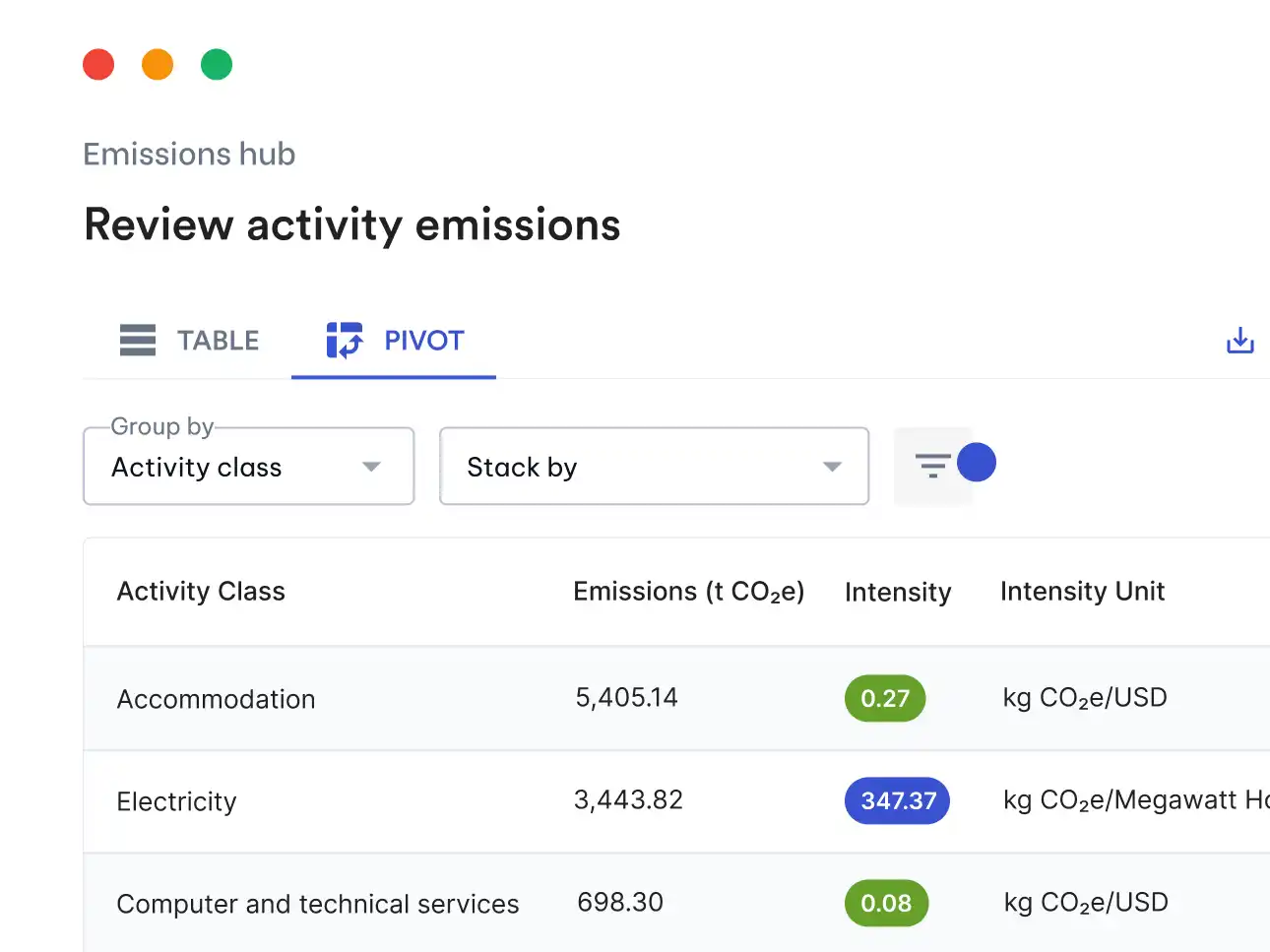As concerns over climate change continue to grow, governments and businesses around the world are exploring ways to reduce greenhouse gas emissions. One tool that has gained increasing attention in recent years is the concept of carbon pricing, an economic incentive for companies to lower their emissions. In this article, we will explore what carbon pricing is and why it matters.
What is carbon pricing?
Carbon pricing is an approach to reducing greenhouse gas emissions by placing a fee on emitting or offering an incentive for emitting less. A key aspect of carbon pricing is the “polluter pays” principle, which holds emitters accountable for the grave impacts of adding GHG emissions to the atmosphere, including increased temperatures, heightened risk of extreme weather events, polluted air, and threats to public health, food, and water supplies. By placing a price on carbon, financial incentives can be created to motivate polluters to lower their emissions. The objective is to discourage the use of carbon dioxide, protect the environment, address the underlying causes of climate change, and comply with global and domestic climate agreements. Appropriately structured carbon pricing mechanisms offer triple benefits: they protect the environment, drive investments in clean technologies, and generate revenue.
Different types of carbon pricing
- A carbon tax is a policy that imposes a direct cost on every unit of carbon dioxide or other GHG emissions that are released into the atmosphere. Carbon tax implementation can take different forms, but commonly it is structured as a fee that is levied on each ton of carbon dioxide emissions produced. The tax rate can either be fixed or gradually increased over time to encourage more significant emission reduction.
- An emission trading system (ETS) is a market-based method commonly referred to as “cap-and-trade”. Its operation involves imposing a limit (“cap”) on the total amount of GHG emissions from designated sectors and establishing a marketplace where the rights to emit are traded. Entities that produce less GHG emissions than their allotted permits can sell their surplus allowances to entities whose emissions exceed their permit allocation. This arrangement creates a market with fluctuating prices based on supply and demand.
- Crediting mechanism involves granting credits to those that have achieved emissions reductions through a project, policy, or action taken by a business or a government. These credits can be traded between parties. To lessen their emissions, entities can purchase credits to offset their actual emissions. A recognized third-party verifier must sign off on the emission reduction before the credit can be issued.
- Result-based climate finance (RBCF) is a financing approach that rewards entities when they meet predetermined climate-related targets, such as emission reduction. Similar to the crediting mechanism, the involvement of independent verifiers is necessary to confirm the attainment of the targets. By linking financing to specific outcomes, RBCF enables the implementation of carbon pricing and the establishment of carbon markets, assists emitters in achieving their climate objectives, and encourages investment from the private sector.
- Internal carbon pricing is a self-imposed expense or levy that a government, corporation, or other entity places on its carbon emissions. This practice allows businesses to account for the financial implications of carbon emissions in their decision-making processes and to prioritize measures aimed at reducing emissions. By incorporating the cost of carbon emissions, companies can more accurately evaluate the true financial cost and benefits of their operations and investments, including their energy options, supply chain choices, and capital expenditures. This can lead to greater energy efficiency, the adoption of renewable energy, and other carbon reduction tactics that can also result in cost savings.
Why carbon pricing matters
To stay aligned with the Paris Agreement of reducing carbon emissions and keeping the global temperature rise to way below 2 degrees Celsius, the IPCC (Intergovernmental Panel on Climate Change) has concluded that the world must achieve net-zero emissions before the end of this century. That means we need to take action now and carbon pricing is an essential part of the solution. Companies would need to set an internal carbon price between $40 to $80 per metric ton to achieve this goal. This target allows organizations to place a monetary value on carbon risk and begin mitigating it before regulations are introduced. According to the CDP, more than 2,000 of the world’s largest companies are already using an internal carbon price as a risk management tool. To prepare for regulatory carbon pricing, it’s a good idea to implement an internal carbon price for your organization today.
How Avarni can help you
Avarni’s carbon emissions management platform enables real-time emission tracking and allows you to set your own carbon price, allowing your finance team to monitor the organization's proximity to its carbon limit and its monetary liability if exceeded. This enables stakeholders to easily track progress toward their carbon limits on a monthly, quarterly, and annual basis, which will be required once regulations are mandated. If you want to ensure that your organization is prepared for mandatory carbon pricing and join the thousands of companies already proactively pricing their emissions internally, schedule a call with us.





